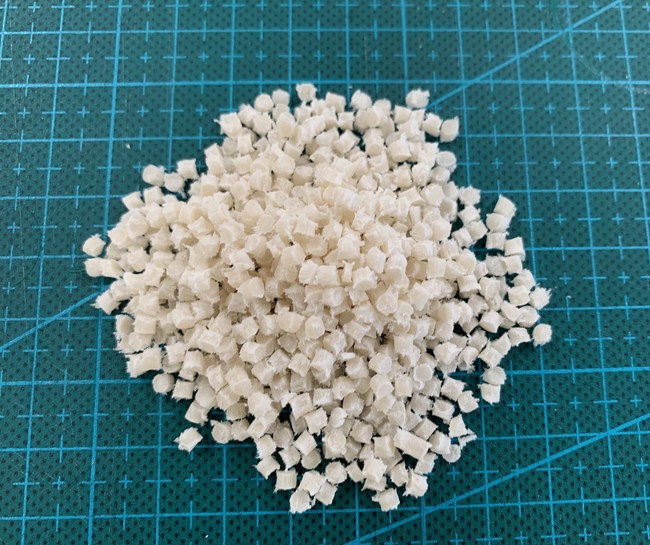KAWANISHI-CITY, Japan, March 30, 2021 /PRNewswire/ — Environmental problem such as climate change caused by human population explosion and activity have become a serious issue. Especially the plastic pollution and microplastic problem in the marine environment is becoming a devastating problem. There are some scientific reports that these microplastics are already in our human body and damaging our health, by additive such as plasticizer in these plastics.

Plastics can be classified into 4 categories from a point of view of their biodegradability and its biomass degree. 1st category is the petroleum originated plastic without biodegradability. These are ordinal plastic such as polyethylene (PE), polypropylene (PP), polyethylene terephthalate (PET) and poly vinyl chloride (PVC) etc… and many others. Human have been using these kind of plastics for many decades and these are the major reasons for microplastic pollution problem. 2nd category is the biodegradable plastic made from petroleum. For example, poly butylene adipate-co-terephthalate (PBAT) and polycaprolactone (PCL) belong to this category. 3rd is the biomass plastic but do not have biodegradability. Biomass polyethylene (PE), biomass polypropylene (PP), biomass polyamide (PA) etc… can be categorized into this group. Last group is the biodegradable plastic derived from biomass. This is most ideal biodegradable plastic. Starch base, poly lactic acid (PLA), poly hydroxy alkanoate (PHA) base, cellulose based biodegradable plastic belong to this category.
It should be noted here that regarding 3rd category biomass plastic, even they do not have biodegradability, one can suggest that they can contribute reducing CO2 consumption because they are made from nature biomass, not petroleum.
Green Science Alliance Co., Ltd. has been developing various type of environmentally friendly biomass biodegradable based chemical products including 100 % nature biomass based biodegradable resin. This time, Dr. Ryohei Mori had developed nano cellulose composite with biomass polyethylene and biomass polyamide which belong to above 3rd category. He had also succeeded in enhancing mechanical strength such as tensile strength by making composite with nano cellulose. Nano cellulose is also a plant biomass derived advanced reinforced material. Reinforced material such as carbon fiber and glass fiber also can make 3rd category plastics stronger but they are not biomass origin. Because nano cellulose is also nature biomass derived material, this newly developed materials also can maintain 100 % nature biomass composition.
Biomass polyethylene has been applied partly as material for shopping bag recently and usage and consumption of biomass polyethylene is increasing. As explained above, this material is contributing to the fact of reducing CO2 consumption because they are made from plant biomass, not petroleum. So that it is possible to enhance the mechanical strength of shopping bag made of biomass polyethylene. As such, it is meaningful to making biomass polyethylene and biomass polyamide to be stronger, with nano cellulose because they are also derived of biomass.
Green Science Alliance is planning to accelerate their business with this newly developed environmentally friendly materials.
Contact:
Ryohei Mori
81-72-759-8501
306127@email4pr.com
SOURCE Green Science Alliance Co., Ltd.
